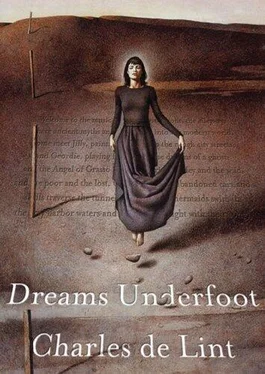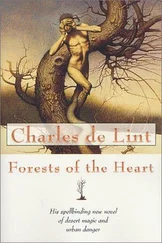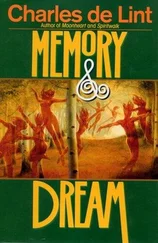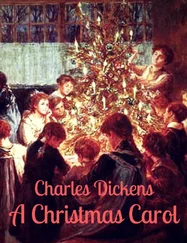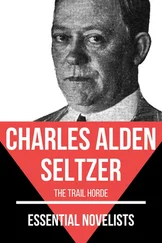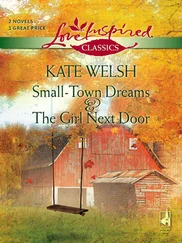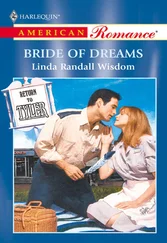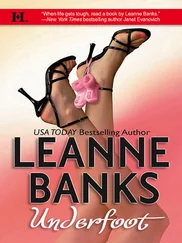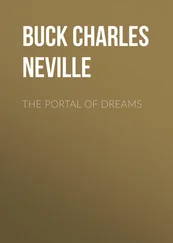The interconnected stories of the Newford cycle are a particularly lovely new limb on that ancient tree, and one that shall grow and flower beyond the pages of this single book as de Lint continues to explore Newford’s myriad streets.
In his own city of Ottawa, in Canada, Charles de Lint is a novelist, a poet, a fiddler, a fluteplayer, a painter, a critic and folklore scholar; but most of all he is a magician: the kind who makes magic with his multidisciplined creativity, with the tools of myth, folklore and fantasy. “I think those of us who write fantasy,” said fellow author Susan Cooper in her Newbery Award acceptance speech, “are dedicated to making impossible things seem likely, making dreams seem real. We are somewhere between the Abstract and Impressionist painters. Our writing is haunted by those parts of our experience which we do not understand, or even consciously remember. And if you, child or adult, are drawn to our work, your response comes from that same shadowy land .... I have been attempting definitions, but I am never really comfortable when writing about ‘fantasy.’ The label is so limiting. It seems to me that every work of art is a fantasy, every book or play, painting or piece of music, everything that is made, by craft and talent, out of somebody’s imagination. We have all dreamed, and recorded our dreams as best we could.”
In these pages, de Lint has recorded dreams: Jilly Coppercorn’s and Geordie’s, Sophie’s and Christy’s, Tallulah’s and the dreams of Newford itself. There are dreams underfoot here, some fragile as spiders’ webs, others solid as asphalt and brickcobbled streets. As you walk into the heart of the city of Newford, remember: tread warily. Tread softly.
—Terri Windling ( Coeditor of “The Year’s Best Fantasy” annual collection ) Weaver’s Cottage, Devon, 1992
Uncle Dobbin’s Parrot Fair
1
She would see them in the twilight when the wind was right, rolypoly shapes propelled by ocean breezes, turning endover-end along the beach or down the alley behind her house like errant beach balls granted a moment’s freedom. Sometimes they would get caught up against a building or stuck on a curb and then spindly little arms and legs would unfold from their fat bodies until they could push themselves free and go rolling with the wind again. Like flotsam in a river, like tumbleweeds, only brightly colored in primary reds and yellows and blues.
They seemed very solid until the wind died down. Then she would watch them come apart the way morning mist will when the sun burns it away, the bright colors turning to ragged ribbons that tattered smokelike until they were completely gone.
Those were special nights, the evenings that the Balloon Men came.
In the late sixties in HaightAshbury, she talked about them once. Incense lay thick in the air—two cones of jasmine burning on a battered windowsill. There was an old iron bed in the room, up on the third floor of a house that no one lived in except for runaways and street people. The mattress had rustcolored stains on it. The incense covered the room’s musty smell. She’d lived in a form of selfimposed poverty back then, but it was all a part of the Summer of Love.
“I know what you mean, man,” Greg Longman told her. “I’ve seen them.”
He was wearing a dirty white Tshirt with a simple peace symbol on it and scuffed plastic thongs.
Sticking up from the waist of his bellbottomed jeans at a fortyfive degree angle was a descant recorder. His long blonde hair was tied back with an elastic. His features were thin—an asceticlooking face, thin and drawnout from too much time on the streets with too little to eat, or from too much dope.
“They’re like ...” His hands moved as he spoke, trying to convey what he didn’t feel words alone could say—a whole other language, she often thought, watching the long slender fingers weave through the air between them. “... they’re just too much.”
“You’ve really seen them?” she asked.
“Oh, yeah. Except not on the streets. They’re floating high up in the air, y’know, like fat little kites.”
It was such a relief to know that they were real.
“‘Course,” Greg added, “I gotta do a lot of dope to clue in on ’em, man.
Ellen Brady laid her book aside. Leaning back, she flicked off the light behind her and stared out into the night. The memory had come back to her, so clear, so sharp, she could almost smell the incense, see Greg’s hands move between them, little colored afterimage traces following each movement until he had more arms than Kali.
She wondered what had ever happened to the Balloon Men.
Long lightbrown hair hung like a cape to her waist. Her parents were Irish—Munster O’Healys on her mother’s side, and Bradys from Derry on her father’s. There was a touch of Spanish blood in her mother’s side of the family, which gave her skin its warm dark cast. The Bradys were pure Irish and it was from them that she got her bigboned frame. And something else. Her eyes were a clear grey—twilight eyes, her father had liked to tease her, eyes that could see beyond the here and now into somewhere else.
She hadn’t needed drugs to see the Balloon Men.
Shifting in her wicker chair, she looked up and down the beach, but it was late and the wind wasn’t coming in from the ocean. The book on her lap was a comforting weight and had, considering her present state of mind, an even more appropriate title. How to Make the Wind Blow. If only it was a tutor, she thought, instead of just a collection of odd stories.
The author’s name was Christy Riddell, a reedthin Scot with a head full of sudden fancies. His hair was like an unruly hedgerow nest and he was half a head shorter than she, but she could recall dancing with him in a garden one night and she hadn’t had a more suitable partner since. She’d met him while visiting friends in a house out east that was as odd as any flight of his imagination. Long rambling halls connected a bewildering series of rooms, each more fascinating than the next. And the libraries. She’d lived in its libraries.
“When the wind is right,” began the title story, the first story in the book, “the wise man isn’t half so trusted as the fool.”
Ellen could remember when it was still a story that was told without the benefit ofpen and paper. A story that changed each time the words traveled from mouth to ear: There was a gnome, or a gnomish sort of a man, named Long who lived under the pier at the end of Main Street. He had skin brown as dirt, eyes blue as a clear summer sky. He was thin, with a fat tummy and a long crooked nose, and he wore raggedy clothes that he found discarded on the beach and wore until they were threadbare. Sometimes he bundled his tangled hair up under a bright yellow cap. Other times he wove it into many braids festooned with colored beads and the discarded tabs from beer cans that he polished on his sleeve until they were bright and shiny.
Though he’d seem more odd than magical to anyone who happened to spy him out wandering the streets or along the beach, he did have two enchantments.
One was a pig that could see the wind and follow it anywhere. She was pink and fastidiously clean, big enough to ride to market—which Long sometimes did—and she could talk. Not pigtalk, or even pigLatin, but plain English that anyone could understand if they took the time to listen. Her name changed from telling to telling, but by the time Long’s story appeared in the book either she or Christy had settled on Brigwin.
Long’s other enchantment was a piece of plain string with four complicated elfknots tied in it—one to call up a wind from each of the four quarters. North and south. East and west. When he untied a knot, that wind would rise up and he’d ride Brigwin in its wake, sifting through the debris and pickings left behind for treasures or charms, though what Long considered a treasure, another might throw out, and what he might consider a charm, another might see as only an old button or a bit of tangled wool. He had a good business trading his findings to woodwives and witches and the like that he met at the market when midnight was past and gone, ordinary folk were in bed, and the beach towns belonged to those who hid by day, but walked the streets by night.
Читать дальше
